Labeling rubber surfaces presents distinct challenges, including flexibility, elasticity, and exposure to harsh environments. The dynamic nature of rubber, combined with its interaction with oils, chemicals, and high temperatures, demands robust labeling solutions. Industries such as automotive, industrial manufacturing, and medical devices need labels that can withstand mechanical stress.
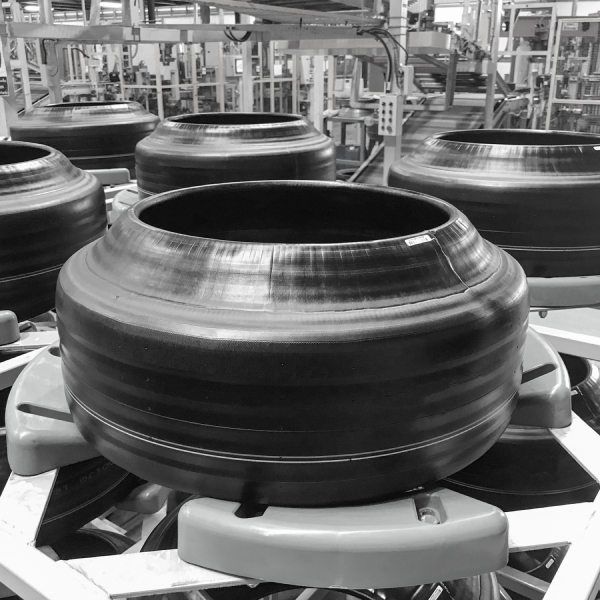
Rubber is a flexible, elastic material that is widely used in applications requiring resilience and durability. However, these very properties—along with rubber’s tendency to interact with oils, chemicals, and heat—pose significant challenges for label adhesion. The constant expansion and contraction, coupled with the material’s low surface energy, necessitate specialized adhesives that can maintain a secure bond under continuous mechanical stress.
Rubber’s low surface energy challenges adhesive bonding, often requiring specialized adhesives or treatments for effective label application.
Rubber is often used in high-temperature environments, so labels must be able to withstand extreme heat without melting or yellowing.
Special films are often used to directly mark onto rubber products, like drive belts, providing a durable labeling alternative in tough cases.
Oils, grease, and solvents frequently come into contact with rubber surfaces, demanding durable labels to prevent degradation.

Labeling rubber surfaces requires careful consideration due to the material’s inherent flexibility, low surface energy, and exposure to demanding conditions. Selecting the right adhesive is critical to ensure that labels remain securely attached, even when rubber is subjected to oils, grease, or solvents.
In certain cases, traditional adhesives might not be the best solution, and we turn to specialized techniques like using non-adhesive films that can be directly transferred onto rubber through heat and pressure. This method provides a durable, lasting mark that withstands the unique challenges posed by rubber. With our extensive experience, we tailor each labeling solution to meet the specific requirements of rubber applications, ensuring reliable performance in challenging environments.
Rubber labeling is vital in the automotive, tire manufacturing, and industrial sectors. These industries require robust labeling solutions that can endure harsh environments, including exposure to oils, chemicals, and mechanical stress. Durable rubber labels ensure the traceability and compliance of automotive parts, tires, and industrial components.
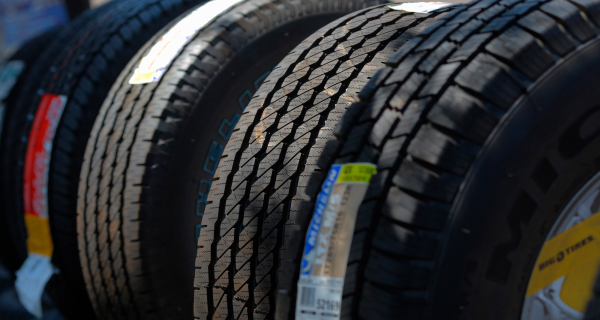
REACH (Registration, Evaluation, Authorization, and Restriction of Chemicals) regulations in the EU mandate that the chemicals used in adhesives and labeling materials for rubber are safe for both human health and the environment. ISO 24789 provides guidelines for the durability of tire labels, ensuring bead labels remain legible throughout the tire’s lifecycle.
Tread labels, regulated under EU Regulation 1222/2009 and its 2020 amendment, must clearly communicate safety and performance information including fuel efficiency, wet grip, and noise levels to consumers at the point of sale. OSHA standards govern labels on rubber products in industrial settings, ensuring they withstand exposure to chemicals and extreme conditions.
Labeling drive belts requires solutions that can endure high heat and friction. Adhesives and materials are selected for flexibility and resistance to tearing or peeling under mechanical stress. Filmic materials are often engineered for compatibility with thermal transfer printing, providing resilient options for high-wear applications.
For tires, labeling must accommodate the intense vulcanization process and deliver reliable branding for retail environments. Tire labels are designed for clarity and longevity, incorporating barcodes and branding graphics to meet industry standards. These labels also maintain readability under UV exposure and mechanical handling.
Air springs require labels that survive extreme pressure and temperature variations while maintaining legibility. Labels for these products use high-performance adhesives and materials to ensure that they endure environmental exposure, often applied pre-cure to withstand the vulcanization process.
Labels for rubber mats need to resist abrasion and maintain adhesion under heavy-duty cleaning, moisture, and potential chemicals. Solutions include durable face stocks and adhesives that prevent label damage in tough conditions, supporting identification and branding across applications.
Industrial hoses are often exposed to harsh conditions like chemicals, abrasion, and bending. Labels for hoses must maintain adhesion and readability despite flexible usage. These solutions ensure durability and clarity, enabling quick identification in industrial settings.
Gaskets in machinery need labels that withstand heat, pressure, and sealing applications. Labels for gaskets are designed to adhere to irregular surfaces without peeling or distorting, providing reliable tracking and identification options for maintenance and quality control.
Rubber surfaces require specialized label construction to overcome low surface energy and environmental challenges. The right combination of adhesive and face stock ensures labels withstand mechanical stress, oils, and chemicals. Selecting these materials is crucial for effective rubber labeling.
We maintain a comprehensive inventory of solvents, acids, bases, and industrial chemicals for material testing.
T-peel, 180-degree peel, and shear tests are crucial for evaluating how well labels stick to metal surfaces.
Our advanced equipment is capable of testing label performance fom as low as -296°C all the way up to 600°C.
We use the Taber abrader to help us determine how well labels materials can withstand wear and tear in demanding environments.
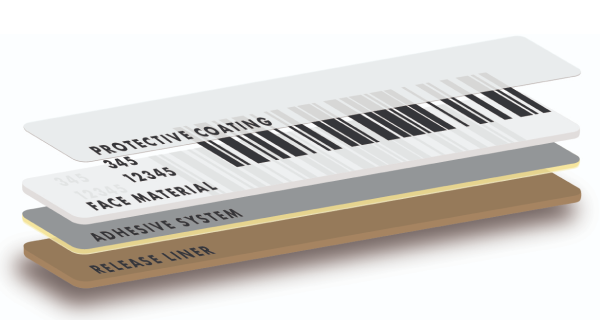
Labeling rubber surfaces demands materials that can withstand flexibility, low surface energy, and exposure to harsh environments. Our specialized adhesives and face stocks ensure that labels stay securely attached, even when rubber surfaces are subjected to stretching, compression, and chemical exposure.
Our specialty films and ribbons are engineered to provide durable and clear markings on rubber surfaces. The filmic material is designed to transfer images onto rubber by printing in a mirror fashion using thermal transfer technology. During the application process, the image is transferred onto the rubber material under heat and pressure, ensuring a permanent bond.
These films are versatile, suitable for both pre-cure and post-cure branding depending on your production needs. Our single and dual-color ribbons are designed to produce vibrant, resistant markings that maintain their clarity and durability throughout the product’s lifecycle. Learn more about directly marking rubber drive belts here.
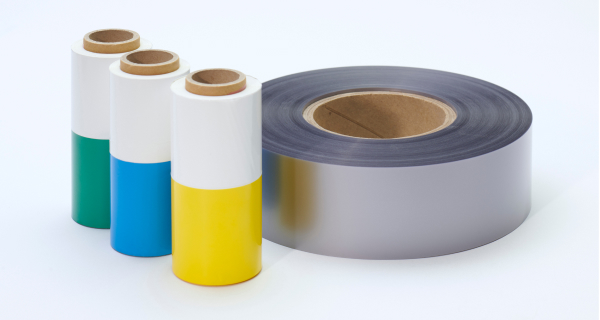
Ensure our labeling solutions meet your rubber product requirements. Submit your information to qualify our materials for your specific applications.

The Zebra ZT Printer Series offers reliable, high-volume label printing. Designed for durability and performance in industrial environments.
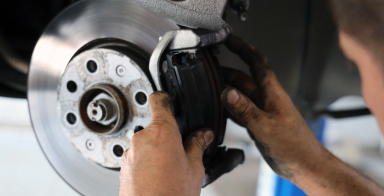
Durable labels for automotive parts ensure clear identification in challenging environments. They withstand heat, chemicals, and mechanical wear.
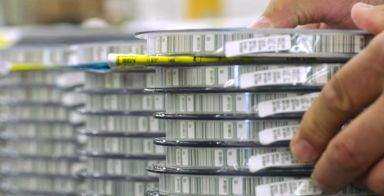
Tire bead labels are built to survive high temperatures and curing processes. They provide reliable tracking throughout the tire manufacturing process.
Take advantage of our volume discounts for bulk orders. Reach out to us for a personalized quote tailored to your needs.
"*" indicates required fields